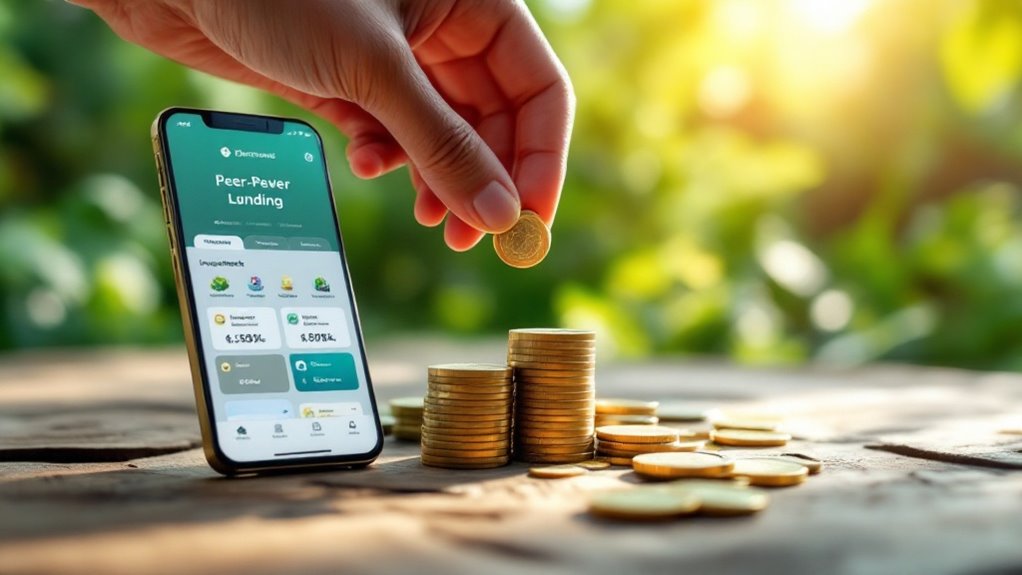When it comes to exploring less conventional paths for your investments, you might find it invigorating to contemplate alternatives that offer stability. You're likely aware that traditional portfolios can sometimes feel a bit limiting. By integrating various asset types like real estate, art, and even commodities, you can potentially enhance both diversification and returns. Each option presents unique characteristics and benefits that could align with your financial goals. But what are the specific advantages of these alternative investments, and how can they fit into your strategy?
Key Takeaways
- Real Estate Investments: Generate steady cash flow through rental income and historically average annual returns of 8-12%, enhancing portfolio stability.
- Private Equity Opportunities: Offer high potential returns between 15% and 27%, providing diversification and stability through operational improvements in privately held companies.
- Hedge Funds Strategies: Employ diverse strategies for absolute returns, regardless of market conditions, and can enhance risk-adjusted portfolio performance.
- Commodities Investments: Serve as a hedge against inflation and market volatility, providing low correlation to traditional assets, thus stabilizing overall returns.
- Art and Collectibles: Historically appreciate at 5-10% annually, offering diversification and potential value increases that can enhance portfolio resilience.
Real Estate Investments
When you consider building a stable portfolio, real estate investments can be a smart choice. They've historically provided average annual returns of 8-12%, making them an appealing option.
You can invest directly in rental properties or commercial spaces, which not only offer potential for capital appreciation but also generate passive income through rental yields. This contributes to steady cash flow, enhancing your financial stability.
Real Estate Investment Trusts (REITs) and crowdfunding platforms like Fundrise allow you to enter the market with as little as $500, making it easier to diversify your portfolio.
Art and Collectibles
As you explore alternative investments, art and collectibles can be an intriguing addition to your portfolio. This alternative asset class offers exciting investment opportunities, especially in contemporary art, which has outperformed the S&P 500 over the past two decades.
With fine art historically appreciating at 5-10% annually, you might find it a lucrative option. Platforms like Masterworks enable fractional ownership, letting you invest in high-value pieces without breaking the bank.
However, remember that provenance and condition are essential, so having expertise in the art market is significant. Recent data from the Knight Frank Luxury Investment Index shows collectibles, including art, have surpassed equities and gold in value appreciation, making this sector worth your attention.
Private Equity Opportunities
Private equity opportunities present an attractive avenue for investors seeking higher returns beyond what public markets typically offer.
With private equity investments averaging annual returns between 15% and 27% over the past decade, the potential is significant. While accredited investors often dominate this space, platforms like Hiive and Yieldstreet are democratizing access to private equity, allowing participation in pre-IPO companies.
Keep in mind, though, that these investments often come with a lock-up period of 7-10 years, demanding long-term commitments. If you're an investor seeking diversification, private equity funds can be a compelling option.
The focus on operational improvement and growth in privately held companies can lead to lucrative exit strategies, such as initial public offerings or sales to larger firms.
Hedge Funds Strategies
Hedge funds, often seen as the playground of the wealthy, leverage a variety of strategies to pursue high returns and enhance portfolio diversification. These funds typically cater to accredited investors who can make considerable capital investments, often starting in the hundreds of thousands.
By employing tactics like long/short equity and arbitrage, hedge funds can amplify returns using leverage, although this also increases the associated risks. Due diligence is essential, as annual returns can vary widely among funds.
Additionally, keep in mind the high fees that come with hedge fund investments, including a management fee of 1-2% and a performance fee of 20% on profits. These factors can greatly impact your overall returns, so weigh your options carefully.
Commodity Investments

While many investors focus on stocks and bonds, commodity investments offer a compelling alternative that can enhance portfolio stability. These physical assets, including gold, silver, and oil, serve as a hedge against inflation due to their low correlation with traditional markets.
When market volatility strikes, commodities often shine, with gold acting as a safe haven. You should consider how global supply and demand influences price fluctuations, presenting both risks and opportunities.
Commodities ETFs provide an easy way to invest in a diversified portfolio without the hassle of physical ownership. By adding commodities to your portfolio, you can achieve greater diversification and stabilize returns, particularly during economic uncertainty when the dollar may falter.
Cryptocurrencies Overview
As digital currencies gain traction, cryptocurrencies like Bitcoin and Ethereum have emerged as intriguing options for investors seeking diversification. This asset class is characterized by high volatility, presenting both risks and opportunities.
For instance, Bitcoin's price fluctuated dramatically from over $60,000 to around $28,000. Cryptocurrencies often exhibit a negative correlation with traditional stocks, enhancing your portfolio diversification, especially during market instability.
Regulatory changes, such as the potential approval of a spot Bitcoin ETF, could considerably impact market dynamics and boost investor confidence.
With increasing mainstream adoption driven by advancements in blockchain technology, interest in digital currencies is growing among both retail and institutional investors.
Embracing cryptocurrencies might just be the diversification strategy your portfolio needs.
Peer-to-Peer Lending

Peer-to-peer lending offers an innovative way for you to invest directly in loans, connecting you with borrowers without the need for traditional banks.
By using platforms like LendingClub, you can earn historical returns ranging from 3% to 12% annually, depending on borrower risk.
This method allows investors to diversify their investment portfolios by spreading funds across multiple loans, thereby enhancing risk mitigation.
It's a compelling alternative investment option if you're looking for steady cash flow and passive income opportunities.
Evaluating borrower risk is vital; it directly affects your chances of receiving timely repayments.
Incorporating peer-to-peer lending into your investment strategy can bolster your portfolio's stability while providing attractive returns in today's financial landscape.
Farmland as an Asset
Farmland stands out as a compelling asset class for investors seeking stability and long-term growth.
Farmland investments have historically provided stable returns and significant appreciation potential, driven by rising global food demand and limited supply of arable land.
Moreover, investing in farmland can generate a dual income stream—through leasing to farmers or profit from crop sales.
Platforms like AcreTrader make farmland accessible to a broader range of investors, eliminating the need for substantial capital.
In addition, farmland serves as a strong hedge against inflation, as food prices typically rise during such periods, enhancing the asset's value.
As a tangible asset, farmland adds security to your investment portfolio, especially when other volatile asset classes falter.
Wine Investment Potential

While many traditional investments can be unpredictable, wine investment offers a unique opportunity for stability and growth. Fine wine has shown average annual returns of 10% over the past 15 years, outperforming numerous assets.
With only 1% of global wine production deemed investment-worthy, exceptional bottles become a rare, lucrative potential asset class. The demand for fine wine surged by 23% in 2021, reflecting growing interest.
You can explore investment methods like purchasing and storing bottles, participating in auctions, or using platforms like Vinovest to manage your wine collections.
Bonds and Private Credit
Investing in alternative assets like fine wine can enhance your portfolio's stability, but you shouldn't overlook the benefits of bonds and private credit.
Bonds, whether municipal, corporate, or high-yield, provide predictable income through interest payments, making them a vital element of stable portfolios. Remember, bond performance usually drops when interest rates rise, so keep that in mind.
On the other hand, private credit offers attractive yields by lending to businesses outside traditional banks, often exceeding public fixed-income returns. However, assess the creditworthiness of borrowers carefully, as risks like borrower default and economic downturns can impact repayment.
Both bonds and private credit also deliver diversification benefits, showing low correlation with stocks, which helps stabilize your overall returns.
Frequently Asked Questions
How to Get 12 Percent Return on Investment?
To achieve a 12% return, consider real estate crowdfunding, peer-to-peer lending, and dividend stocks. You could also explore private equity, art investments, or high-yield bonds, while diversifying through index funds and agricultural commodities.
What Is the Most Popular Alternative Investment?
You might find real estate crowdfunding popular, but art collecting and cryptocurrency trading are also rising stars. Each offers unique benefits, from tangible assets to high returns, appealing to diverse investors seeking alternative avenues for growth.
What Is the 10/5/3 Rule of Investment?
The 10/5/3 rule helps you allocate your portfolio based on risk tolerance and investment outlook. It promotes diversification strategies, balancing liquid and high-risk assets while adapting to market volatility and your financial goals through regular portfolio rebalancing.
What Is the Safest Steady Investment?
When considering the safest steady investment, you can't go wrong with low-risk bonds, municipal bonds, or treasury bills. Additionally, fixed annuities and stable value funds offer security, while dividend stocks and gold investments provide further stability.
Conclusion
Incorporating alternative investments into your portfolio can be a game-changer, like adding color to a black-and-white photograph. By diversifying with options like real estate, art, or farmland, you not only reduce risk but also position yourself for potential growth. These investments can provide stability and unique opportunities that traditional stocks and bonds often lack. So, take the leap and explore these avenues; your portfolio deserves a little adventure!


